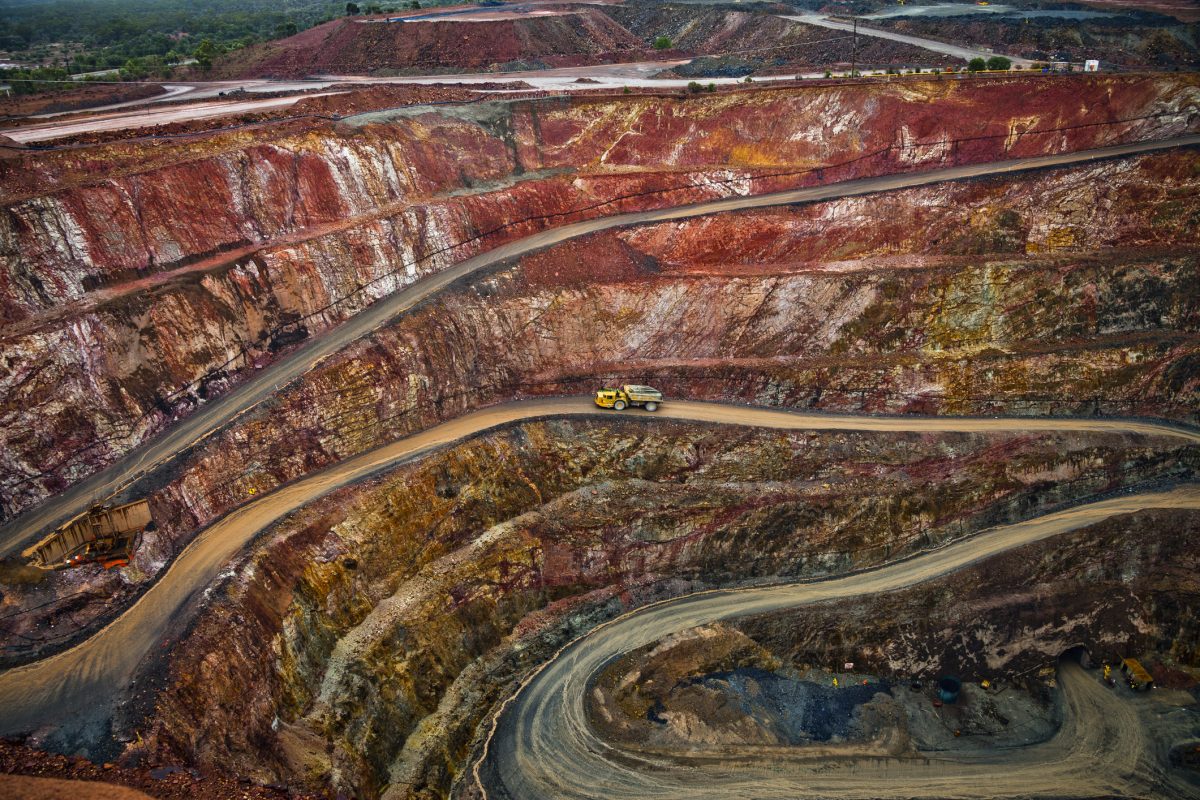The autonomous region in the country’s north is known for its critical minerals and serves as an important transit hub.
China’s State Council has published new guidelines to promote high-quality development and modernization efforts for its Inner Mongolia autonomous region. The State Council aims to transform Inner Mongolia into a “strong shield for security and stability in China’s northern border area.”
The new guidelines aim at capitalizing more extensively on the region’s natural resources and energy production. Inner Mongolia is home to a large portion of the country’s mining production and is home to the world’s largest rare earth deposit, Bayan Obo, near the city of Baotou. These critical minerals are used in electric vehicles and offshore wind turbines, for example. Baotou is an important rare earth mining hub and home to many refining facilities for downstream production. Chinese officials want to ramp up the city’s production and refining output to $13.71 billion annually by 2025. To support this ambitious target and leverage local expertise, a National People’s Congress deputy proposed building a national innovation center for new rare earth materials in the city.
According to the South China Morning Post, Inner Mongolia is also China’s largest thermal- and wind-power producer, accounting for nine and 15 percent of the country’s total energy production in 2022, respectively. Under the new guidelines, new energy capacity is projected to overtake thermal output within the next five years, while a new energy system in the region is intended to be completed by 2035.
The industrial modernization efforts will lift the region’s comprehensive economic strength to a national intermediate level by 2027, the State Council added.
Trading Hub Inner Mongolia
Besides industrial and energy modernization, the guidelines also aim at capitalizing on the region’s geographical position. Located in China’s north, the autonomous zone has become a gateway to the country’s northern neighbors, Mongolia and Russia. The State Council intends to build up Inner Mongolia’s trading capacities by expanding train and land transport capacities. This build-up is part of the country’s ‘dual circulation’ development paradigm, which is intended to combine domestic development with more international trade. Besides trading northward, the state broadcaster CCTV reported that also over 3,850 Europe-bound freight trains have passed through Inner Mongolia in the first half of the year alone, South China Morning Post writes.
Photo: iStock/jasonbennee


